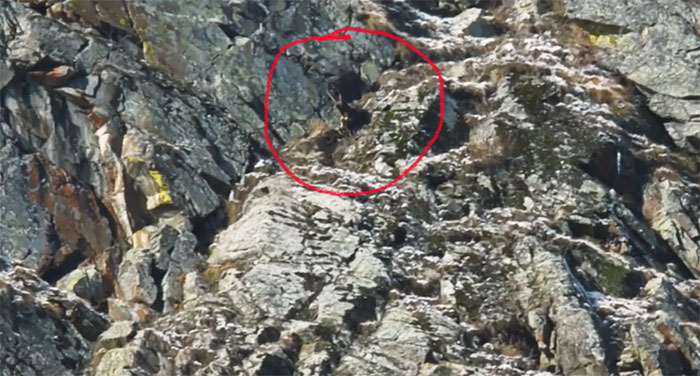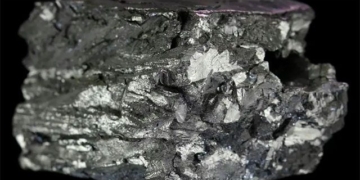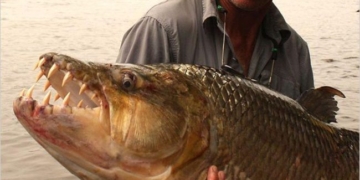The golden eagle uses its talons to grasp a chamois that weighs about 10 times more, then kills its prey by dropping it from a height.

The golden eagle swoops down to catch its prey.
The production team of the nature documentary series Frozen Planet II captured the scene of a golden eagle hunting a young chamois in the Alpine mountains, Gran Paradiso National Park, Italy, as reported by Express on September 21.
According to David Attenborough, the British naturalist and broadcaster, taking down such prey is a challenging task for golden eagles because they are large enough to fight back and heavy enough to make it difficult to carry away.
In the video, while the chamois stands close to the cliff edge, the golden eagle swoops down to grasp its prey. The eagle’s mate also flies nearby to assist. They face significant risks while hunting chamois because if they break a wing, they could die.
The golden eagle drags the chamois for a short distance before flying up from the cliff. Next, the hunter drops the prey from a height, causing it to die instantly. A chamois of this size can provide sustenance for the pair of eagles for several days. They need to gather ample food to prepare for the coming months when prey becomes scarce, Attenborough explains.
“This scene has never been filmed before. We know that golden eagles hunt young chamois in the spring, but not adults. It is truly an unusual behavior. These chamois weigh 10 times more than the eagles. They are very large, and the eagle’s hunting method is to lift them high and then drop them off the cliff. Golden eagles hunt in pairs,” said producer Alex Lanchester.
The golden eagle (Aquila chrysaetos) is the largest bird of prey in North America and is the national bird of Mexico. They have dark brown feathers with lighter golden-brown plumage around the neck and head. Adult golden eagles weigh between 3 to 7 kg. They are very agile, capable of diving to catch prey at speeds exceeding 240 km/h. Their prey includes rabbits, squirrels, birds, fish, various other animals, and carrion.


















































